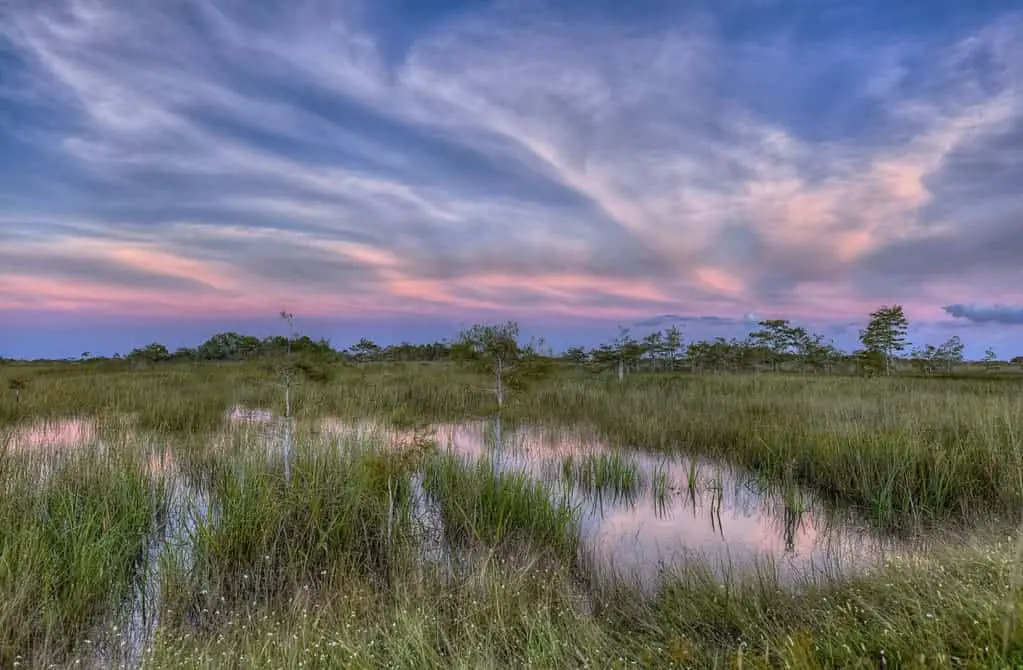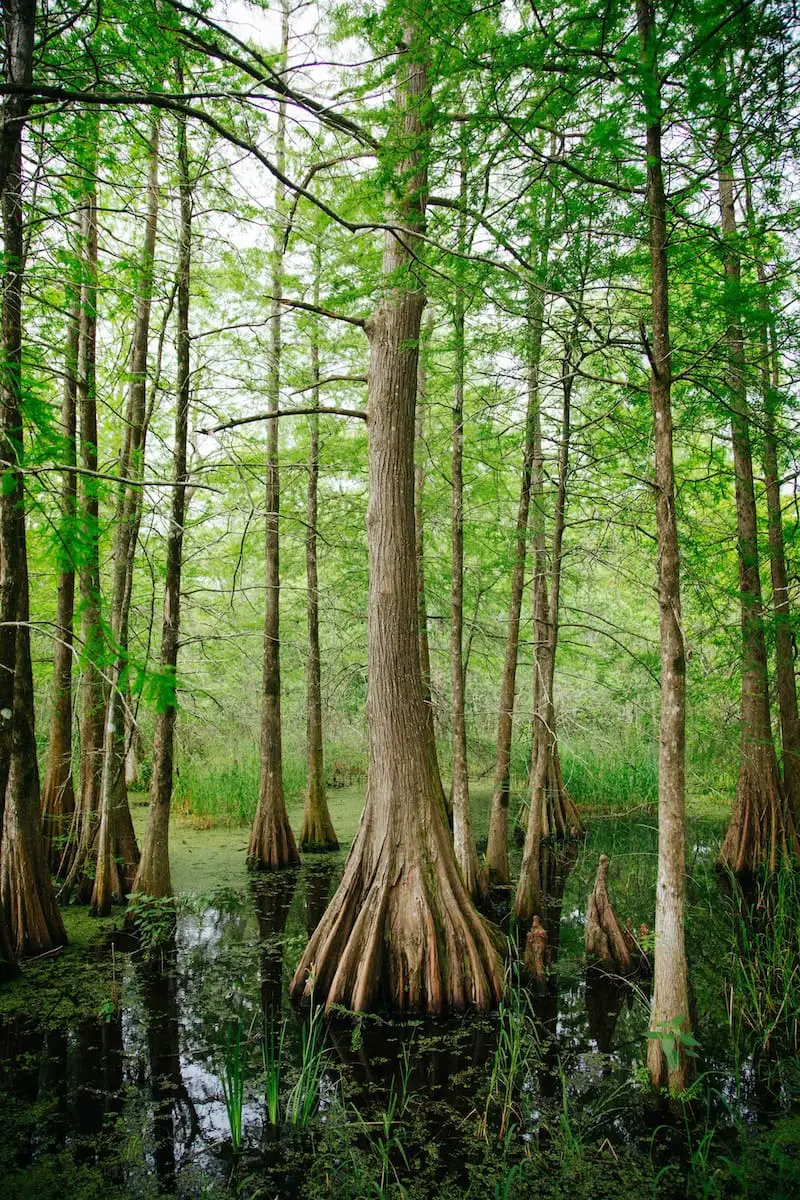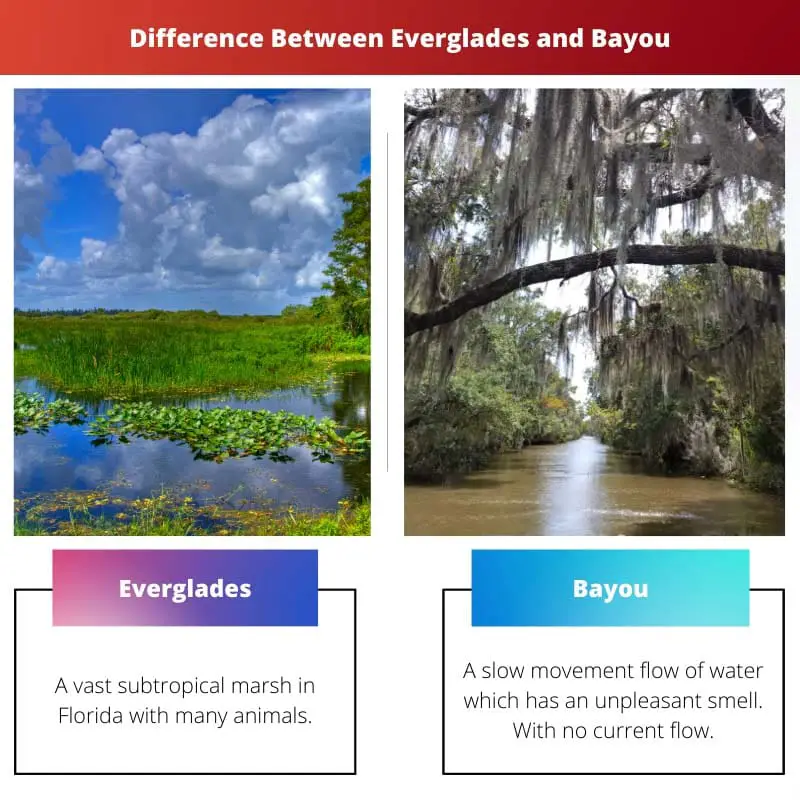Water flow is natural or freshwater flowing to the ocean. Sometimes the water flows through the ground and gets dry.
It doesn’t always flow to the ocean; sometimes, the water stays still with the ground like a swamp. This small river can be named in many ways.
Small streams are those which flow in any direction, and then finally, they reach the ocean.
Rivers are of different sizes, and they can have different speeds with different directions of flow. And in the US, these rivers are named in many ways according to their sizes and geographical locations.
Everglades and bayou also come under these river beds. Both are situated in different places and geographical locations.
They both have different meanings, and they both have different characterizations.
Key Takeaways
- Everglades is a vast wetland area in southern Florida, while Bayou is a slow-moving stream or river in the southern United States.
- Everglades is a unique ecosystem with a complex plant and animal life mix, while Bayou is a popular fishing and recreational spot.
- Everglades are mostly uninhabited, while settlements and urban areas surround Bayou.
Everglades vs Bayou
Everglades are a natural region of tropical wetlands or a flow of water on land where you can find different vegetation or grass above the water flow. Bayou is a region where there is a stagnant river that creates waste in the upper layer and has an unpleasant odor. It is harmful to aquatic animals.

Bayou also smells, which is very unpleasant. The water of the bayou remains motionless for a long time and creates waste in its upper layer, which causes an unpleasant odor.
The bayou water may be harmful to aquatic animals. Because of its unpleasant smell, aquatic animals like fish and other wildlife are not active in this region.
The Everglades are popularly found In the southern part of the US, which is in Florida. The Everglades are not found very around the globe.
Florida is the only place where the Everglades are mostly found. Everglades are very much natural in the environment, and this environment is very capable of keeping natural wildlife.
Comparison Table
| Parameters of Comparison | Everglades | bayou |
|---|---|---|
| Meaning | A vast subtropical marsh in Florida with many animals. | A slow movement flow of water which has an unpleasant smell. With no current flow. |
| Location | It is located primarily in the southern tip of the southern part of the United States, Florida. | Bayou is mostly found in the southeastern part of the US. |
| Geography | It is a very natural area for the flow of water, with many animals around You can find a great species of wildlife around the Everglades. | Bayou is not natural. It is found in the area which is low lying. It is not found in any of the wildlife areas because it stinks and it is very harmful to animals to live. |
| Vegetation | You can find a wide variety of plants and trees around the Everglades. Everglades have many animals around and they need a good environment. | In the bayou, the water is mostly swampy or the area is full of swamps that there cant be any vegetation. But there are some tiny bushes or big trees which are helpful for birds and alligators to live on. |
| Animals | Florida panther, American alligator, Snail kite, Manatees, West Indian manatees, etc. | Pelicans, herons, egrets, vultures, woodpeckers, etc. |
| Landform | It has different land forms with different vegetation. It has grass and other swamps with water flowing. | The river flows slowly and lies low with the ground. It also has a stinky smell and it is harmful to wildlife except for some birds and animals. |
What is Everglade?
Everglade is a natural river flow that is situated in the southern part of the US, which is Florida.
Everglade has beautiful wildlife and a natural ecosystem that is not found easily on the whole planet.
It has natural vegetation, and also it also has various types of animals that live in that ecosystem.
The water which flows through the Everglades meets the exit point at the southern tip of Florida Bay. It flows into the ocean.
It has a variety of weather, including floods and drought. Animals adjust to the climatic change in Everglades. Everglades has had a tribal population since past 15000 years ago.
After European civilization, the tribal people came to the Everglades and started living.
For many long periods, migrants from different parts of the world used the Everglades as their water source for crops. They used to cultivate crops and used canals for agriculture.

What is Bayou?
A flat level of water which is found in the southeastern part of the US, also lies low in the area. The water in the bayou does not have flow or any movement. It moves very slowly.
Bayou is also known as a wetland. This river is found in areas that are flat, and it always stays wet. The vegetation here is not as good as that of the Everglades.
It has small tiny bushes, mosses, and other large trees.
These trees are home to birds like woodpeckers and other small birds. The animals found in this place are alligators and pelican-like birds. Bayous are mostly found on the gulf coast of America.
It is also nick-named bayou country. People are living in these areas, which tribal people with different cultures. Cajun culture and also Creole culture was living in this bayou country.
They were the people who must be understanding of this area. This river does not flow and has no channels to flow.
It also has an unpleasant smell, which is very disgusting and bad for health.

Main Difference Between Everglade and Bayou
- Everglades are a wetland with water flow that has natural vegetation and wildlife. While the bayou has water, but it does not flow. It lies low in the area and has no natural vegetation or wildlife.
- The Everglades have natural wildlife, which is very rare to find in the whole world. The bayou is found everywhere. This is the area with swamps and noxious water that is useless except for a few animals to hide.
- Everglades have different climatic changes. It can have floods to drought in the dry season. In contrast, the bayou sometimes has the same weather as the rainy season. Even after the rain, the water stays the same. It does not flow, and in the rainy season, the water level rises.
- The bayou river has animals such as the alligator and other small birds that temporarily live or make their homes. Bayou cannot give animals a proper environment. While the Everglades have a wonderful natural environment, and everything is naturally available to animals, even for people.
- The difference between these two river varieties that you look after is that vegetation of both the water platform is different. Everglades have a great variety of natural regions where a lot of animals live. And bayou doesn’t have a variety of vegetation.

- https://journals.flvc.org/flgeog/article/view/78044
- https://www.sciencedirect.com/science/article/pii/S0272771402004031

The contrast between Everglades and Bayou is well explained, shedding light on the distinct environmental conditions and wildlife habitats. It’s crucial to recognize the value and diversity of natural landscapes.
This article does a great job of highlighting the stark differences between Everglades and Bayou. It’s important for us to understand these unique ecosystems to appreciate and protect them.
The detailed comparison between Everglades and Bayou provided here is very informative and interesting. It’s fascinating to learn about the different ecosystems and environmental characteristics of these two natural formations.
The detailed explanation of Everglades and Bayou is enlightening. However, all ecosystems, including the Bayou, contribute to the ecological balance in their own way, and we should appreciate them accordingly.
The comparison is quite compelling, but as ‘Owilkinson’ pointed out, the selection of words in relation to the Bayou could be reconsidered. The presence of any ecosystem, no matter how small, holds value and should not be dismissed.
Despite the detailed comparison, I would argue that referring to the Bayou as ‘useless’ may be an oversimplification. While it may not have the same natural vegetation and diverse wildlife as the Everglades, it still has a unique cultural and ecological significance.